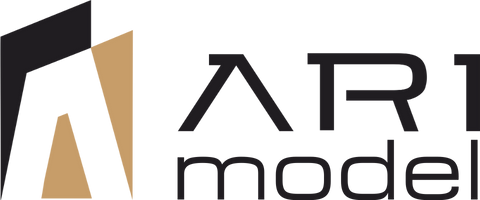Materials for Architectural Model Building: A Comprehensive Guide with Ari Model
Introduction to Architectural Model Building
Architectural model building is a fascinating and challenging craft that requires both precision and creativity. A key component of successful model building is the selection of the right materials. In this article, we will explore the various materials used in architectural model building, including examples and recommendations from Ari Model, a leading company in this field.
Why Are the Right Materials Important?
The choice of materials influences the stability, appearance, and durability of the finished model. Each material has its own advantages and disadvantages, and the right combination can make the difference between an average and an outstanding model.
Commonly Used Materials in Architectural Model Building
Cardboard and Paper
Cardboard and paper are popular materials for creating initial drafts and simple models. They are easy to cut and shape, making them excellent for quick prototyping.
-
Advantages: Lightweight, inexpensive, easy to work with.
-
Disadvantages: Not very stable, limited detail accuracy.
Foam
Foam is another commonly used material in architectural model building. It is lightweight, easy to work with, and ideal for detailed models.
-
Advantages: Lightweight, easy to cut and shape, good detail accuracy.
-
Disadvantages: Can be prone to damage.
Wood
Wood provides high stability and is often used for permanent models. It can be cut into various shapes and sizes to create detailed and robust models.
-
Advantages: Stable, durable, allows for fine details.
-
Disadvantages: More expensive than cardboard or foam, harder to work with.
Plastic
Plastic is known for its high precision and detail accuracy. It is a preferred material for professional model builders, including Ari Model.
-
Advantages: Very precise, allows for detailed models, durable.
-
Disadvantages: Can be more expensive, requires special tools for processing.
Specialized Tools and Techniques
To achieve the best results, specialized tools and techniques are required. Ari Model uses precise cutting knives, rulers, special cutting tools, and high-quality adhesives to handle materials accurately and create stable connections.
Using CAD and 3D Printing
With advancements in technology, CAD software (Computer-Aided Design) and 3D printers have revolutionized model building. These technologies allow for the creation of highly precise models that previously required extensive manual effort. Ari Model utilizes these technologies to produce models with the highest precision and detail.
Practical Tips from Ari Model
-
Planning: Always start with a clear sketch or plan of your model.
-
Cleanliness: Work in a clean and organized environment to minimize errors.
-
Patience: Take your time with each step and pay attention to details.
-
Practice: Practice makes perfect. The more models you build, the better your skills will become.





